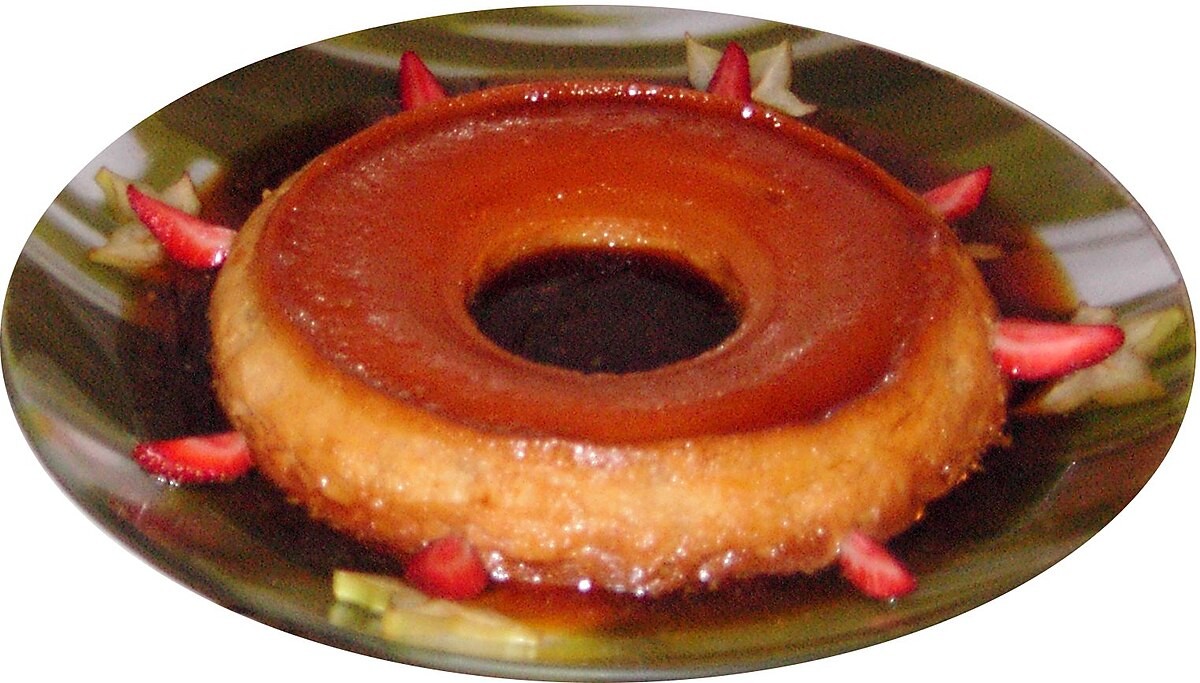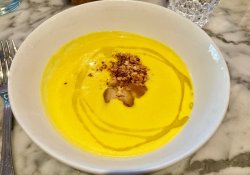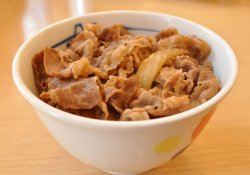Milk tea pudding Recipes and curiosities
On this page you will learn the recipe and some information about the Japanese dish Milk tea pudding Also known as Mirukuti-purin.
Table of Content - About - Origin - Information - Ingredients - Preparation - Related
All about Mirukuti-purin
Milk tea pudding is a Japanese dish that has gained increasing popularity around the world. Combining two great passions of the Japanese - tea and dessert - this dish is a real explosion of flavors and textures.
The basis of this dish is a milk pudding, which is made with milk, sugar, eggs and corn starch.But what really makes the difference is the addition of strong black tea, which gives a unique and characteristic taste to the pudding.
In addition to black tea, other ingredients are also added that vary according to the recipe and taste of each. Green tea, matcha, coconut milk, among others, can be added to create different combinations and flavors.
One of the most striking features of milk tea pudding is its texture. The pudding is creamy and soft, almost melting in the mouth. The combination of the pudding with tea results in a light and refreshing dessert, perfect for hot days.
In addition, milk tea pudding is a versatile dish that can be served on different occasions. It can be a sophisticated dessert at a special dinner, or a simpler and faster option for an afternoon snack.
In some places, it is common to find milk tea pudding in the form of cake, with layers of pudding interlaced with tea cake.
Finally, it is worth noting that milk tea pudding is a dish that pleases all tastes, including those who are not fans of tea.The combination of flavors and textures is so balanced that it is difficult to resist this Japanese dessert so tasty and unique.
If you haven’t tried the milk tea pudding yet, don’t waste any more time and indulge yourself in this delight of Japanese cuisine

Origin and history of Pudim de chá de leite
Traditional tea pudding with milk, also known as milk tea pudding, is a dish originating in Asia, more specifically from Japan and China. Tea is a very appreciated drink in these countries, and pudding is a traditional dessert that was created from the combination of these two ingredients. In Japan, milk tea pudding history dates back to the nineteenth century, when tea began to be produced on a large scale in Asia. Initially, it was served only as a hot drink, but over time, it began to be used in various recipes, including desserts. In Japan, milk tea pudding history is known as "purin", which is an adaptation of the English name "pudding". Already in China, it is called "douhua", which means "tofu soft". It is believed that the recipe hasAbout the recipe
- Name of the plate: Milk tea pudding
- Name of the dish in English: Milk tea pudding
- Name of the plate in Japanese: ミルクティープリン
- Name of the Romanian dish: Mirukuti-purin
Information about preparation
- Time to prepare: 15 minutes
- Time of Cooking: 15 minutes
- Difficulty: MEDIUM
- It suits: 4-6 people
- Occasions:
Ingredients – Ingredients
Check out the necessary and optional ingredients Milk tea puddingIt makes sense to improvise
- 12g of Hojicha Tea
- 450 ml of soy milk
- 20 g of sugar
- 25g of Kuzu Gelunches in powder
- The Optional Ingredients:
- Toughened Laminated
- Cannabis in powder
- Extract of Vanilla
Watch a video of the recipe:
Recipes - How to Prepare
Now that you know the ingredients to make the recipe Milk tea pudding. Follow the instructions below in the preparation mode or step by step.
Preparation:
Prepare the milk tea:
- Boil 450ml of soy milk in a pot.
- Remove from the fire and add 12g of Hojicha tea leaves.
- Leave for 10 minutes and coe.
Add the sugar and Kuzu jelly powder:
- Warm up the mixture again and add 20g of sugar and 25g of kuzu jelly.
- Mix with a batcher until a cream texture is obtained.
Throw in ramekins or molds:
- Let the mixture cool and solidify.
- Then put it in the refrigerator until it holds to the touch.
Tips:
- Try different types of tea to vary the taste.
- If you choose to use matcha, remember to squeeze to avoid clumps.



